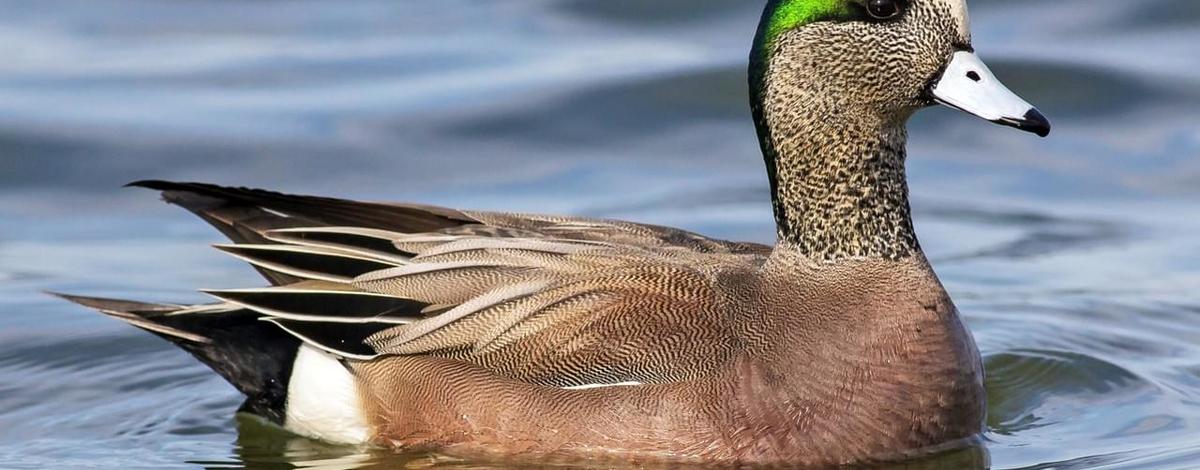Just a few short weeks ago, McArthur Lake and the northern Panhandle remained in the reluctantly-loosening grip of winter. Ice was still thick over the entire reservoir and the red-winged blackbirds that arrived early resorted to singing in the pines, waiting for snowdrifts to reveal the cattails they would aim to claim as their territory.
Then, seemingly in a few days, the seasonal switch was flipped. Ice came off… dwindling sheets that still supported bald eagles and a few playful otters, but were surrendering to the expanding swaths of open water. With these openings came the travelers. Migrating waterfowl, first by the handful, then the tens, then in the hundreds. These birds, be they traveling to points as far north as the Arctic Circle, or looking to set up shop in the Panhandle region, were all taking advantage of the new spring’s onset and opportunities to forage and rest at McArthur Lake Wildlife Management Area.
In keeping with long-running data gathering efforts, habitat biologists began a new season of migratory bird surveys on the McArthur Lake property. These surveys are conducted weekly at specific points around the WMA to ensure standardized effort and consistent views. They provide Fish and Game managers with long-term trend information on waterfowl numbers and how habitat management may effect patterns of use by these birds on the WMA.
Since the mid-1940’s, McArthur Lake has been managed primarily with waterfowl in mind, providing much-needed forage and relative security to migrating waterfowl, plus quality nesting and brood-rearing habitat for a modest number of locally nesting birds.
Early spring numbers at McArthur on April 2 totaled 922 birds. Nearly 200 of those were swans, a mix of tundra and trumpeter. Canada geese numbered nearly as many, and the leading duck of the day was the American wigeon, at 221. Mallard, wood duck, ring-necked duck, hooded & common mergansers, bufflehead, northern pintail and even a few redheads were observed. In all, 15 species were recorded that week.
Surveys over the next two weeks revealed just over 1750 birds each week. American coots appeared in force, rafting together in large groups (989 & 1256) to feed. Around 300 mallard and American wigeon topped the duck list, and new additions included small groups of American green-winged teal, gadwall and northern shovelers. A flight of seventeen black-necked stilts made an appearance, as did a lone snow goose, an eared grebe and one common loon. Our waterfowl & shorebird species count is now up to 25.
Whether you’re a waterfowl hunter going through end-of-season withdrawals or a bird enthusiast in general looking to capitalize on the hospitable weather, the spring migration is a great opportunity to get out to your local wetlands and get your eyes on these incredible animals. Keep in mind that as the season progresses, more birds will be nesting. For early nesters like Canada Geese, that process is already underway. Please be aware of nesting birds and avoid approaching too closely or staying too long. Hiding behavior or signs of distress without leaving your vicinity are good signs the bird may have a nest nearby. For more information on places to do some quality waterfowl watching in the Panhandle and across the state, check the Idaho Birding Trail website or get in touch with your regional Fish and Game office.

